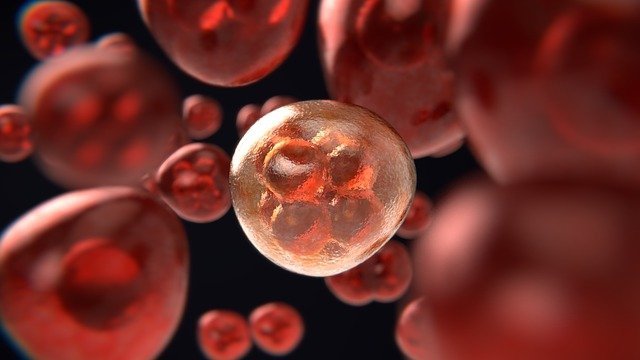
The US Food and Drug Administration warns that breast implants are linked to a rare cancer
The US Food and Drug Administration warns that breast implants are linked to a rare cancer
A recent federal government warning linking some breast implants to a rare form of lymphoma has many women worried about the risks their implants pose. But experts say there is no need to panic. “You have to put it in perspective,” says Dr. Rola Eid, MD, medical director of plastic and reconstructive surgery at our Tulsa hospital. “Breast implant-associated anaplastic large cell lymphoma (BI-ALCL) is very rare.”
FDA reports on related cancers
The US Food and Drug Administration (FDA) announced last month that, after collecting the data, it now concurs with the World Health Organization’s conclusion years ago that some women with certain breast implants may have an increased risk of developing anaplastic large cell lymphoma (ALCL). ). The U.S. Food and Drug Administration (FDA) has received a total of 359 reports of breast implant-related cancers in women who have had breast implants as of February. Breast implant-associated anaplastic large cell lymphoma (BIA-ALCL) is non-Hodgkin’s lymphoma, a rare cancer of the immune system, not a form of breast cancer. When the concerns were first raised within the Food and Drug Administration in 2011, the agency said there were not enough cases to determine if there was contact.
At the time of the advice, the FDA noted that tracking the exact number of BIA-ALCL cases “remains difficult to determine due to significant limitations in global reporting and a lack of global implant sales data.” In 2015, women underwent nearly 1.5 million breast augmentation procedures worldwide. About 290,000 breast augmentations were performed in the United States that year, about a third of which were for reconstruction after breast cancer, according to the American Society of Plastic Surgeons. “If you look at the numbers, there are roughly 10 million women around the world who have breast implants. The FDA has reported 359 cases, so it’s rare.”
Of these, only 231 contained detailed information on the type of implant used. In 203 of these cases, the women had a textured surface, an outer layer designed to allow the implant to adhere to tissue inside the chest and stay in place. The implants included those made of silicone and saline.
The ‘cortex’ of the implant
“It’s not really about what the implant is full of,” says Dr. Eid. “It has to do with the shell, the surface tissue of the implant. In many cases, fluid builds up in the capsule around the implant.” It is not yet clear whether the tissue is actually responsible for the cancer or whether it is simply linked to a higher incidence of disease.
The main symptom of BIA-ALCL is persistent swelling or pain near the breast implant. These symptoms can occur long after the incision has healed, often years after the implant has been placed. “This cancer usually doesn’t develop right away,” says Dr. Eid. “If your breast develops swelling, changes in shape, or becomes firm or hard, you should contact your doctor for evaluation.” The FDA says BIA-ALCL is easier to treat if it’s caught early. “The usual course is to remove the implant and the capsule that surrounds it,” says Dr. Eid.
The US Food and Drug Administration (FDA) does not recommend removal of implants in healthy women who do not have problems. “Some patients have asked me about BIA-ALCL,” says Dr. Eid. “I also talk to my patients when we talk about breast implants. There is a lot of fear, as there was in the 1990s, when it was said that breast implants cause various diseases. I think it is very important to educate women. Having information can help relieve fear. No The FDA still says breast implants are safe; they still let doctors place them. They didn’t remember the implants from the market because it’s a very rare disease and they’re still doing a lot of research to find out.”



